Garmin Venu 2 Plus vs. Apple Watch Series 7: Which should you buy?
Garmin offers fitness with a dash of lifestyle features. Apple offers a lifestyle watch with a dash of fitness. We'll help you pick one.
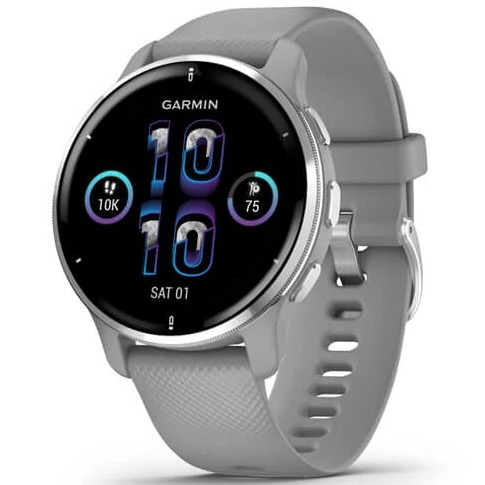
Fitness-focused
The Venu 2 Plus is the rare Garmin watch to offer a touchscreen, calls on your wrist, and voice assistant integration. While it lacks the 3rd-party app support or the finesse of watchOS software, it steps well ahead in fitness data for athletes.
+ Works with both Android and iOS
+ Free, extensive health and workout data
+ Garmin Pay and music storage
+ 9-day battery life
+ More dedicated sports modes
- Quite expensive
- Plastic body
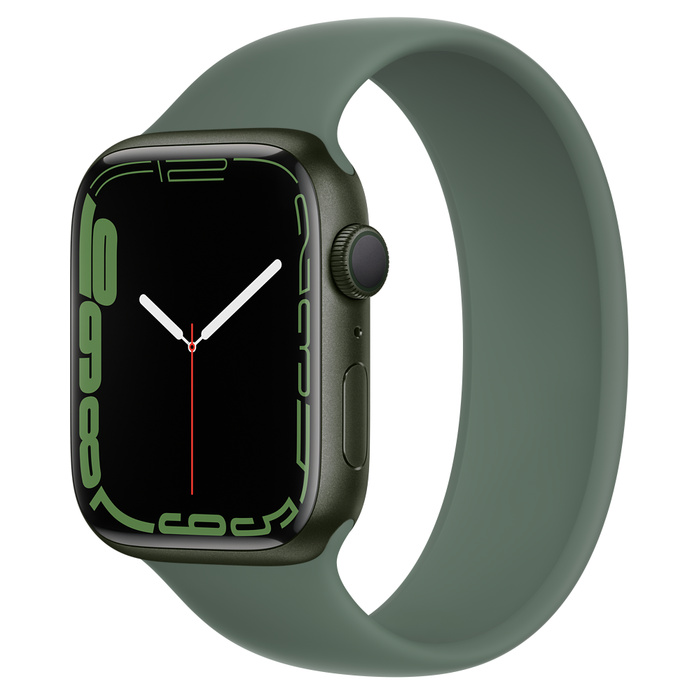
Lifestyle-focused
Any smartwatch you weigh against the Apple Watch Series 7 will fall short in terms of lag-free performance, software quality, and lightweight design. It's not designed for fitness, but its rings are a simple, useful motivator, and you'll have more reason to wear one all day.
+ Lightweight aluminum case w/ thin bezel
+ Better scratch protection
+ ECG sensor
+ Better apps, software, & integration
+ LTE option
- iOS only
- 1-day battery life
Most Garmin watch designs cater to "serious" athletes, with buttons instead of touchscreens and weeks of battery life in lieu of app support. The Garmin Venu 2 Plus bridges the gap between Garmin and typical lifestyle watches, with a gorgeous touchscreen and better smartphone integration — and a price to match. Still, it's a Garmin watch, with nowhere close to the utility and third-party support of an Apple Watch. But depending on your priorities, either the Apple Watch Series 7 or Venu 2 Plus could serve your needs very well.
Garmin Venu 2 Plus vs. Apple Watch Series 7: Different priorities
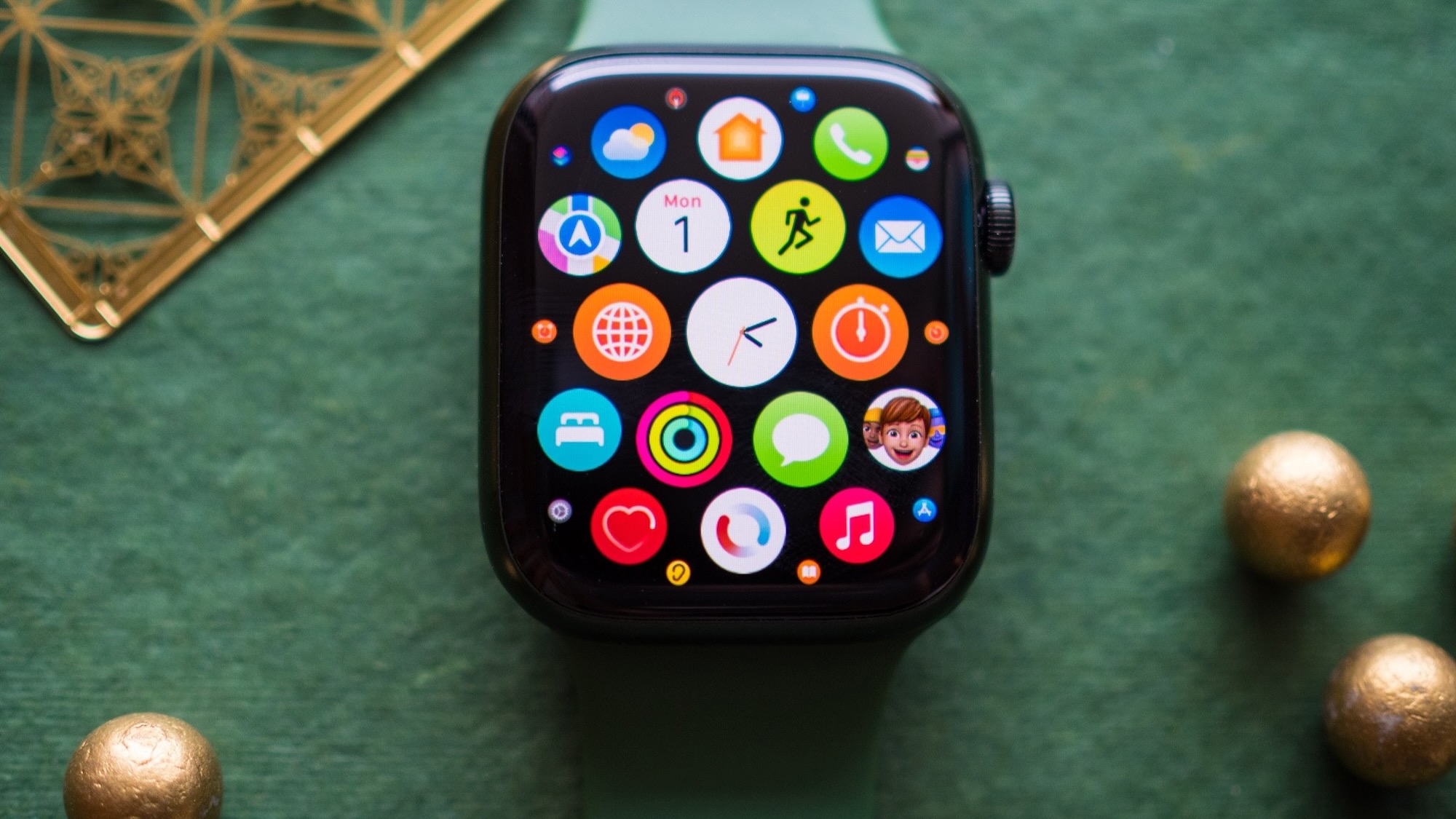
The important thing to remember when comparing the Garmin Venu 2 Plus to the Apple Watch Series 7 is that both companies have a very different focus. Garmin watches will display notifications, process your workout results and health data, and perform other small tasks, but lack the power, storage, and perfect synchronization of an Apple Watch with an iPhone.
Only an Apple Watch would let you actually respond to texts on your watch, see album artwork while streaming music, see street maps on your wrist, and use other iOS-specific tools. And it also supports a variety of great 3rd-party watchOS apps. But in exchange, you really do have to recharge your Apple Watch daily, and it'll only last 7 hours of GPS tracking, not counting any other use during the day like phone calls or music storage.
With the Garmin Venu 2 Plus, you can answer calls, ask your voice assistant questions, and store music playlists. It doesn't do much that's more advanced, but in exchange, it can last across 24 hours of GPS tracking or 9 days of idle tracking. It's designed for all-day workouts or days of consistent use without a recharge.
For some, having a watch that'll never die on the job is more important; for others, it's all about the features and hardware. It's not about one being "better" than the other. But if you do want to compare their exact properties, we have the Garmin Venu 2 Plus vs. Apple Watch Series 7 specs below.
| Header Cell - Column 0 | Garmin Venu 2 Plus | Apple Watch Series 7 (41mm) |
|---|---|---|
| Display | 1.3-inch AMOLED (416x416) | 1.8- or 1.9-inch Retina LTPO OLED (352x430; 396x484) |
| Material | Fiber-reinforced polymer (plastic) with steel bezel | Aluminum, stainless steel, or titanium |
| Navigation | Touchscreen, three side buttons | Touchscreen w/ keyboard, one crown, one button |
| Processor | Unknown | 64-bit dual-core processor |
| Storage | Up to 650 songs and watch faces | 32GB for songs, apps |
| Battery | Up to 9 days | 18 hours |
| Charging | Proprietary cable | USB-C |
| Sensors | Accelerometer, ambient light monitor, barometric altimeter, compass, gyroscope, heart rate monitor, pulse oximeter, | Accelerometer, ambient light, barometer/altimeter, compass, ECG, gyroscope, heart rate monitor, pulse oximeter, thermometer |
| Connectivity | GPS, GLONASS, GALILEO, Bluetooth, ANT+, Wi-Fi, NFC | LTE (optional), GPS, GLONASS, GALILEO, BeiDou, QZSS, Bluetooth, Wi-Fi, NFC, Ultra wideband |
| Compatibility | iOS (Siri), Android (Google Assistant, Bixby) | iOS (Siri) |
| Protection | 5ATM resistance, Gorilla Glass 3 | IP6X, WR50, crack-resistant crystal |
| Size | 43.6 x 43.6 x 12.6mm | 41 x 35 x 10.7mm; 45 x 38 x 10.7mm |
| Weight | 51g | 32g or 38.8g (aluminum) |
Comparing Series 7 and Venu 2 Plus hardware

To briefly summarize the differences, the Venu 2 Plus only comes in one size and is much heavier than the default aluminum Apple Watch 7. With a plastic appearance and a thicker bezel, it's not nearly as stylish as the Apple Watch. Nor do you get quite as much screen space, as its circular shape cuts off text on the top and bottom.
Though Garmin (5ATM) and Apple (WR50) label it differently, both watches are rated to work 50 meters underwater. Only the Apple Watch is rated IP6X for solid dust resistance; plus, it reportedly got a redesigned "crack-resistant front crystal." With the Venu 2 Plus, Gorilla Glass 3 gives it some solid scratch resistance. You'll probably want a Garmin Venu 2 screen protector or Apple Watch Series 7 screen protector, whichever you buy — given how expensive both devices are.
Get the latest news from Android Central, your trusted companion in the world of Android
Both watches have the same sensors, except that the Apple Watch Series 7 also has an electrocardiogram (ECG), which matters if you want to measure for irregular heartbeats. On the flip side, only the Venu 2 Plus has the battery power to use the pulse ox sensor either "All Day" or during "Deep Sleep," whereas the Apple Watch makes you test manually.
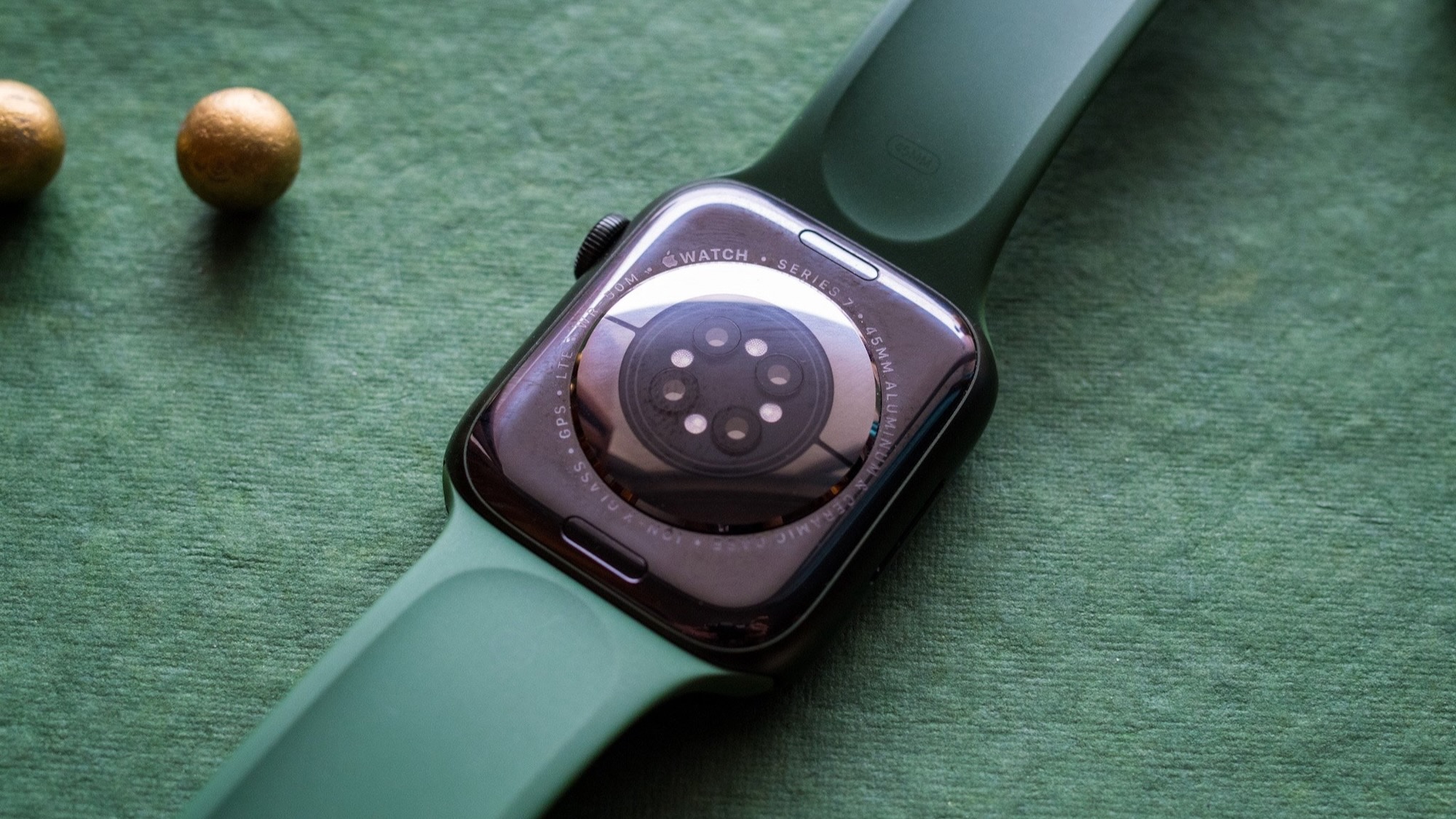
Both watches support NFC for tap payments and built-in GPS for workout tracking without a phone. The Series 7 specifically supports Beidou and QZSS, other GPS-competing standards that are primarily used in Asia. It also has Ultra Wideband, which can detect your missing Watch nearby if it falls into a couch cushion. Garmin's exclusive feature is ANT+, which helps its devices pair with many fitness accessories and sensors.
Most importantly, you can buy an Apple Watch 7 LTE version for an extra $100, letting you leave your phone at home. The Venu 2 Plus can measure workouts and stream music without a phone but still relies on a smartphone for calls and voice assistance.
As previously mentioned, the Apple Watch Series 7 will only last you a day at most, much less if you use it actively and especially if you do buy an LTE version. Thankfully, it charges quickly via USB-C, jumping to 80% in 90 minutes. That's about how long it'll take to recharge the Venu 2 Plus fully, but that requires keeping Garmin's proprietary pronged charger on hand.
The Series 7 has much more raw storage, but most of that is reserved for apps. You can only download up to 8GB of music to your device. That will equal about 1,500-2,000 songs depending on the file quality, whereas Garmin estimates 650 songs will fit on the Venu 2 Plus.
Controls, modes, and apps
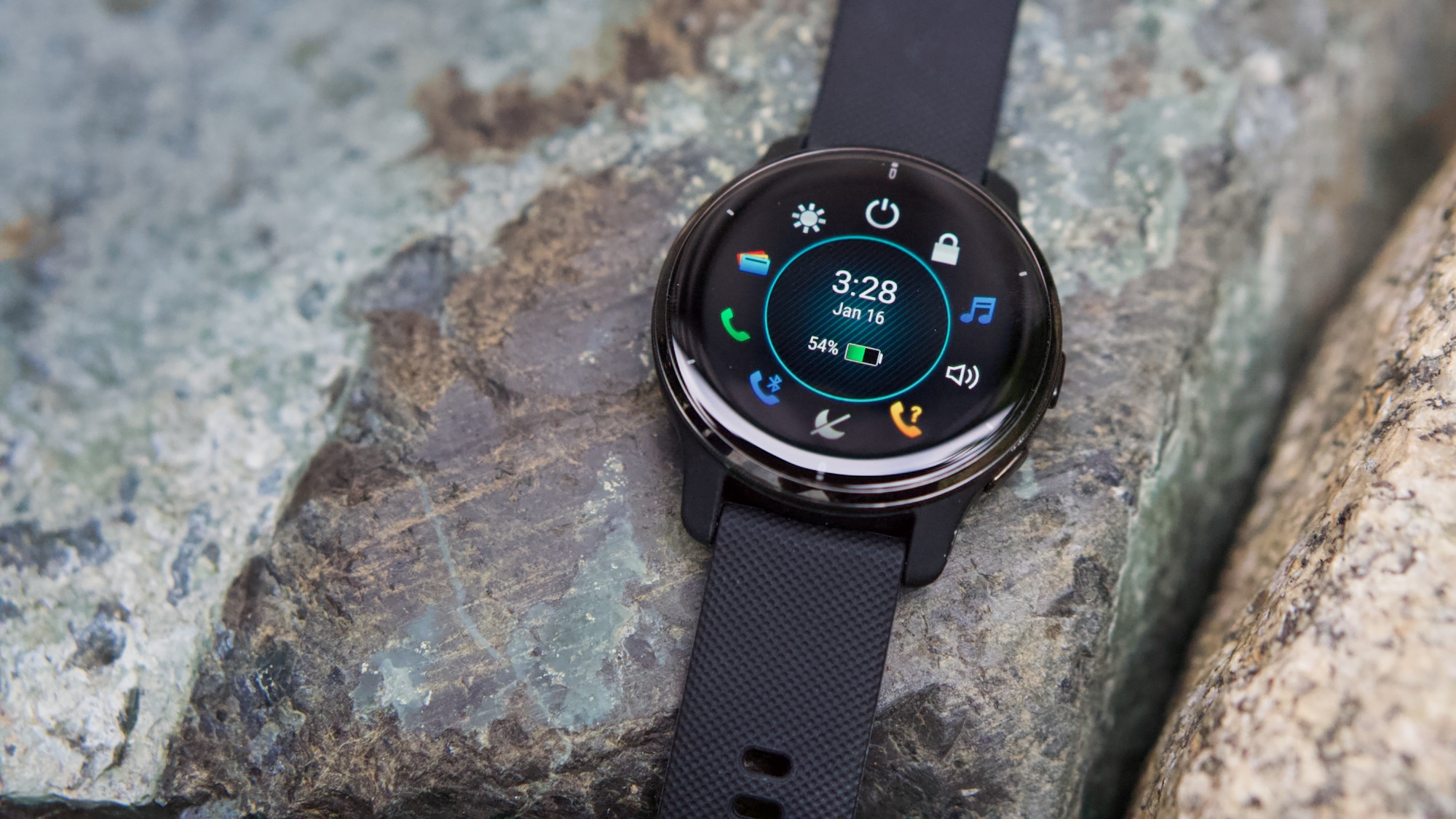
While the Venu 2 Plus is among the best Garmin smartwatches available, it's not a traditional Garmin watch. Most Garmin watches rely solely on buttons, which may seem less futuristic but are much more reliable while working out than sweaty swipes on a screen. But some people still prefer touch, which is what makes the Venu 2 Plus so great: it has three buttons and touch navigation, the best of both worlds.
Each button has dedicated tap or hold functions, giving you six options to access with a simple click without bothering with swiping through menus. The middle button, missing from the standard Venu 2, can be configured for whatever shortcut you want, whether it's pulling up your assistant, Garmin Pay, music playback, or other tools. And once you're on the right tool, touch controls make it easy to swipe through workout summaries.
Plus, because it's an AMOLED display, you can add custom watch faces like the one shown above. That's not something most fitness watches support.
The Apple Watch Series 7 has a digital rotating crown, a side button, and a touchscreen. It too has shortcuts configured to when you tap, hold, or double-tap those buttons, calling Siri, triggering Apple Pay, or activating SOS, among other nav tools. The crown is especially useful and intuitive for navigating through screens.
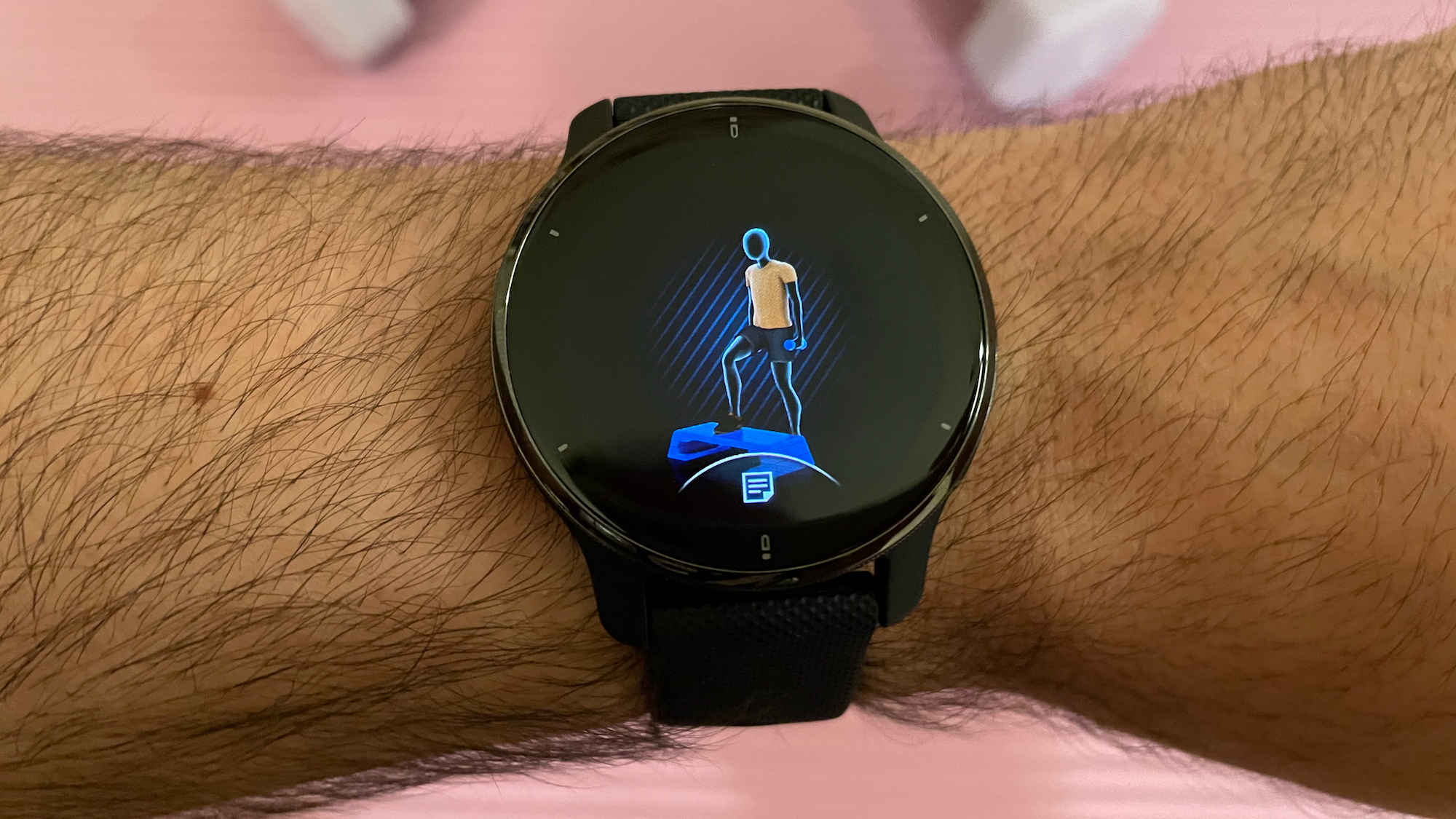
As for the actual software, Garmin watches mostly focus on sports modes. The Venu 2 Plus has 25 preloaded sports apps that fall into running, swimming, cycling, outdoor recreation, and gym workout categories.
The latter is arguably where the Venu 2 Plus shines, as it lets you create customized workouts with over 1,600 exercise types and upload them to your watch, where you can then see an animated demonstration of how to complete the exercise.
Once you complete a workout, you'll see a simple summary on the watch and much more detailed metrics on the Garmin Connect app. Through the Venu 2 Plus, you can check a Health Snapshot of your daily heart rate, pulse ox, breathing, and stress; a Body Battery rating of your current energy levels; women's health tracking; hydration levels; fitness age; and workout suggestions from your automatic Garmin Coach. All of this data, which Fitbit and other brands would charge you for, costs nothing.

The Apple Watch Series 7 gives you detailed data through Apple Health, also for free, with 17 sports modes. It will pair with third-party services like Strava, so you're not stuck to a single platform. And it has its famous daily rings that encourage you to move, exercise, and stand throughout the day, gameifying your health. While Apple's metrics aren't as detailed as Garmin's, you could argue it's more accessible and encouraging for everyday people.
Your Apple Watch, of course, only works with an iPhone. And Apple wants you to pay for Apple Fitness+, which takes data from your Watch and connects it to thousands of indoor workouts you're meant to watch through your Apple TV or iPhone/iPad. So if you primarily work out at home and frequently use Apple products, the Apple Watch Series 7 is tough to beat.
Of course, the Venu 2 Plus is compatible with all Android phones, supports Google Assistant instead of Siri, and offers workouts without a monthly fee — though they're not video-guided like Apple's. If you're capable of creating your own workouts and tend to exercise away from home, Garmin will cost less in the long run and won't lock you into a specific device ecosystem.
Garmin Venu 2 Plus vs. Apple Watch Series 7: Which should you buy?
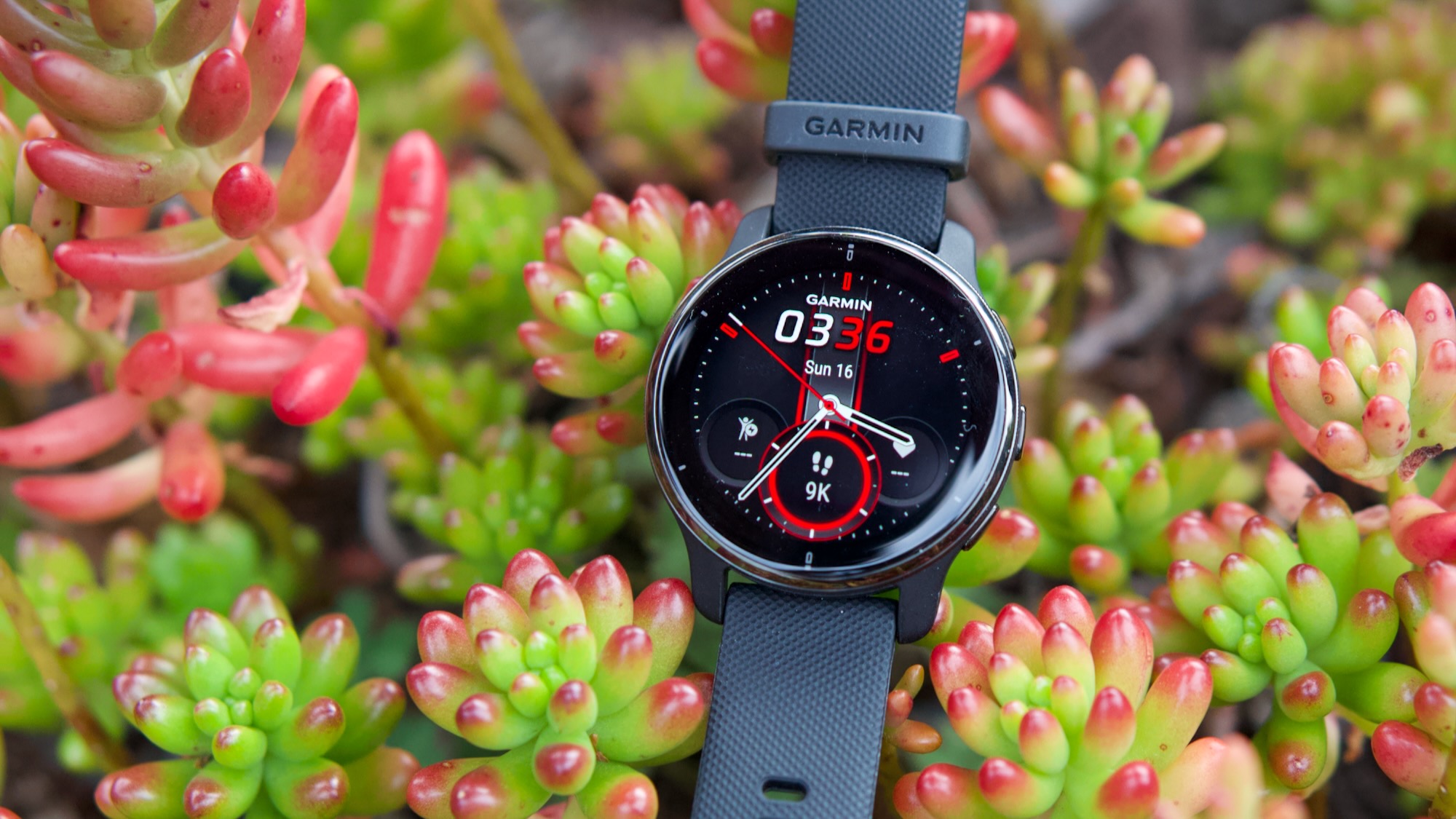
The Garmin Venu 2 Plus takes Garmin's free workout metrics and long battery life and puts them in a package that's a little more mainstream. Most Garmin watches have non-touch memory-in-pixel displays and no caller support. The Forerunner 945 LTE gives you more advanced features while the Instinct 2 Solar offers near-endless battery life, but neither is as accessible for everyday people as the Venu 2 Plus.
If you're used to lifestyle watches, it may still feel very limited compared to an Apple Watch, but not quite as bad as other athlete-focused devices.
The Apple Watch is a much better all-around device, assuming you plan to have an iPhone for years to come. It pairs more naturally with your phone, so checking notifications there will mark them as read on your device — something a non-Apple watch cannot offer. And while the Venu 2 Plus display is truly bright and visible in direct sunlight, it can't match the Series 7 for its 1,000-nit maximum.
But can you live with its 18-hour battery, which means delaying a workout for an hour if you forgot to charge it? And even if Apple supports more apps, that matters more for daily use; if you care more about getting fit, you may prefer Garmin for its detailed metrics.
Or perhaps you'd prefer a stylish, lighter watch with apps that incentivize keeping it on all day, whereas the Venu 2 Plus' Garmin software is too limited to excite you. As we already said, it depends on your preferences.

Fitness-focused
Garmin is unmatched when it comes to fitness metrics, and the Venu 2 Plus targets athletes looking to take their efforts to the next level. Its battery won't quit, its display handles sunny conditions with aplomb, and it'll take calls or call upon Siri or Google Assistant with your phone in your pocket.

Lifestyle-focused
The Series 7 has a massive, bright, colorful display that'll motivate you to close your rings and achieve your goals. If steps, calories, heart rate, and other simple metrics are all you need, then the Apple Watch will work well enough for workouts without sacrificing usability in other areas.

Michael is Android Central's resident expert on wearables and fitness. Before joining Android Central, he freelanced for years at Techradar, Wareable, Windows Central, and Digital Trends. Channeling his love of running, he established himself as an expert on fitness watches, testing and reviewing models from Garmin, Fitbit, Samsung, Apple, COROS, Polar, Amazfit, Suunto, and more.
